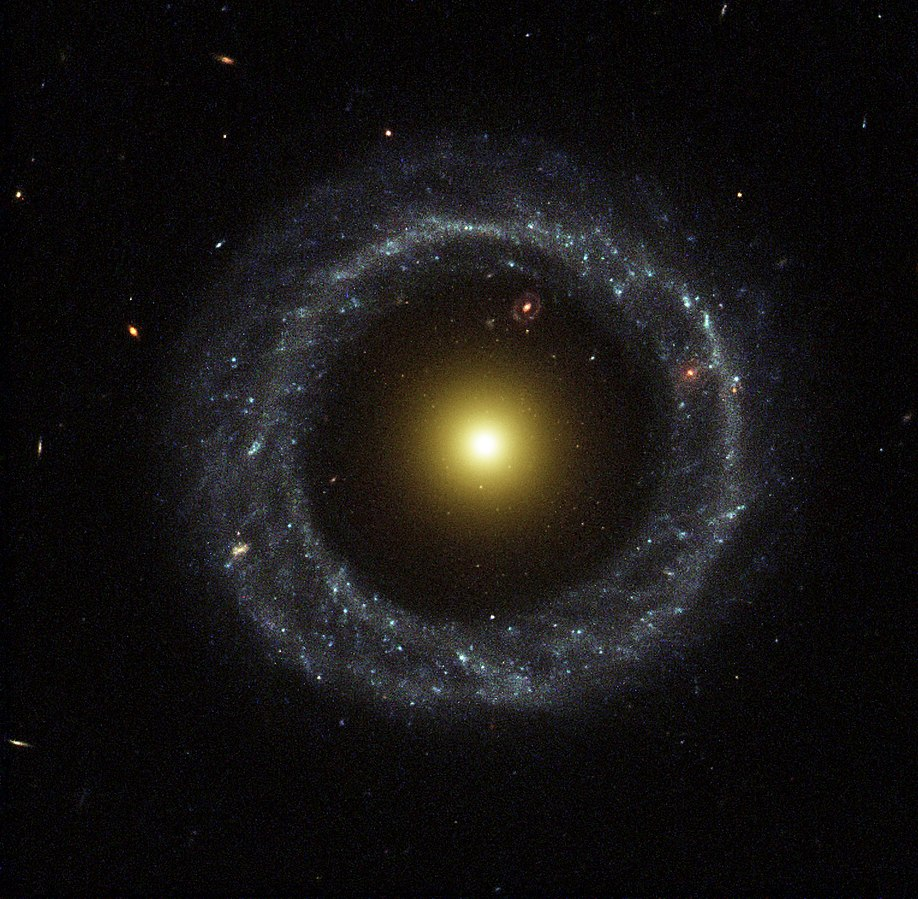In 1950, Arthur Hoag stumbled across a very unique an intriguing object. The object appeared to be a galaxy, potentially two located 600 million light years away in the direction of Serpens (Ophiuchus and Serpens in Image 1). It is approximately 100 thousand light-years across. Hoag’s Object (Featured Image) consists of a spherical center and an outer ring with a nearly empty void separating the two. The inner section is primarily red stars that are likely older. The outer ring is tinted due to a high concentration of new stars, and it appears to still be growing.
The uniqueness that piqued Hoag’s interest and many other astronomers who studied the object since its discovery is this nearly absolute separation. It has been found in few other objects and most have some detail, such as remnants of a bar, that prevent them from being categorized as such. It has been confirmed that both sections are part of the same system. They have the same redshift and are moving the same velocity in the same direction away from Earth.

There are no other galaxies within range to influence Hoag’s Object to cause the separation to occur. In an attempt to determine the cause, several proposals for what may have caused this have been suggested and addressed. One idea is that it collided with another galaxy, causing it to rip in two. This idea has been determined unlikely based on the relative velocity of the ring to the core. It has also been seen as relatively unlikely that the galaxy is the result of a fading bar; however, this has not been completely discredited. It could also be the result of a transfer or merger of two galaxies. It could also be a nearly circular elliptical galaxy that has a polarized ring.
References
Berman, B. (Nov 2015). “Weird Object: Hoags Object.” Astronomy. Retrieved Dec 28, 2021 from https://astronomy.com/magazine/weirdest-objects/2015/11/7-hoags-object
Dunbar, B. (Aug 2010). “A Strange Ring Galaxy.” NASA. Retrieved May 28, 2022, from https://www.nasa.gov/multimedia/imagegallery/image_feature_1747.html
Finkelman, I. et al. (Dec 2011). “Hoag’s Object: evidence for cold accretion on to an elliptical galaxy.” Monthly Notices of the Royal Astronomical Society, 418(3), 1834–1849. https://doi.org/10.1111/j.1365-2966.2011.19601.x
Specktor, B. (Dec 2019). “Hoag’s Object Is a Galaxy Within a Galaxy Within a Galaxy (and Nobody Knows Why).” Space. Retrieved Dec 28, 2021 from https://www.space.com/hoags-object-perfect-ring-mystery.html
